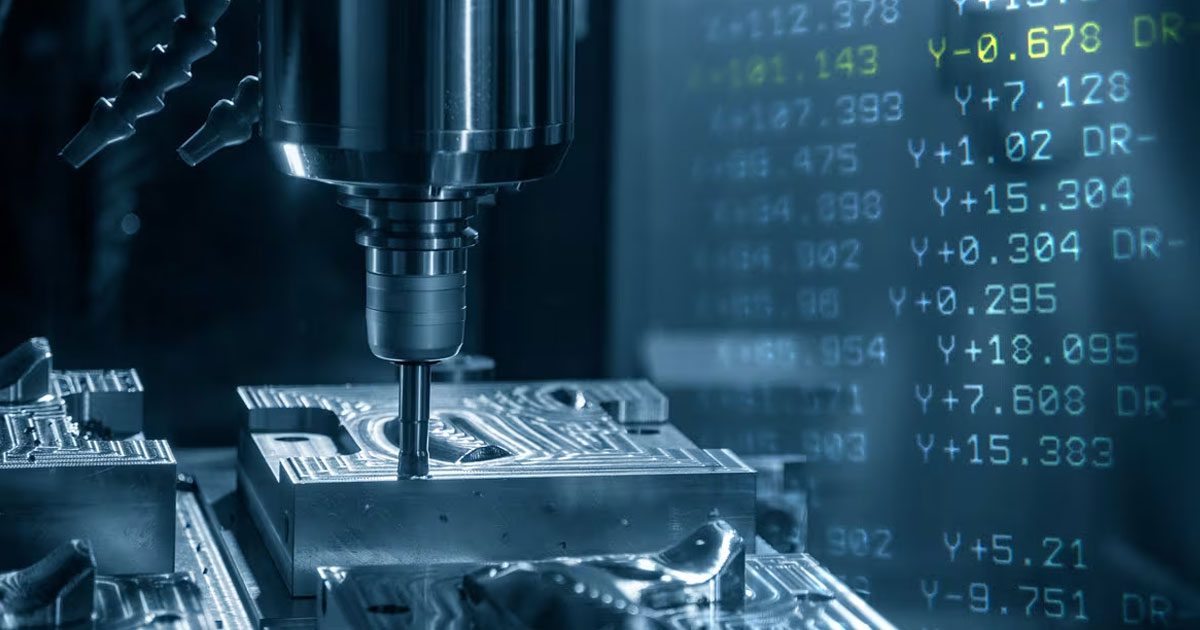In the realm of modern manufacturing, Computer Numerical Control (CNC) programming stands as a cornerstone of efficiency, precision, and innovation. But what exactly is CNC programming, and how does it shape the production landscape? Let’s delve into this intricate world to unravel its complexities and significance.
The Essence of CNC Programming: At its core, CNC programming involves the creation of instructions that dictate the movements and operations of CNC machines. These machines, equipped with computerized controls, execute these instructions with unparalleled accuracy, transforming raw materials into finely crafted components with minimal human intervention.
The Language of Machining: CNC programming utilizes a specialized language, often referred to as G-code or ISO code, to communicate commands to the CNC machine. This language consists of alphanumeric codes that represent various machining operations, tool movements, spindle speeds, and feed rates. Mastery of this language empowers programmers to orchestrate intricate sequences of actions, unlocking the full potential of CNC technology.
From Design to Execution: The journey of a CNC program begins with a meticulously crafted design, typically created using computer-aided design (CAD) software. Once the design is finalized, CNC programmers translate its specifications into a series of G-code instructions tailored to the capabilities of the CNC machine and the requirements of the manufacturing process.
Precision Planning and Optimization: CNC programming is not merely about translating designs into code; it’s a strategic endeavor aimed at optimizing machining efficiency and quality. Programmers must carefully plan toolpaths, select cutting tools, and configure machining parameters to achieve the desired results while minimizing waste and cycle times. This meticulous planning ensures that every machining operation unfolds with precision and purpose.
Adaptability and Innovation: In the dynamic landscape of manufacturing, CNC programming embodies adaptability and innovation. Programmers continuously refine their skills, embrace emerging technologies, and explore novel techniques to push the boundaries of what is achievable with CNC machining. Whether it’s implementing advanced toolpath algorithms, integrating automation solutions, or harnessing the power of additive manufacturing, CNC programmers are at the forefront of industry innovation.
The Intersection of Art and Science: While CNC programming is deeply rooted in science and technology, it also embodies elements of artistry and creativity. Crafting a flawless CNC program requires not only technical prowess but also intuition, problem-solving skills, and attention to detail. Like skilled composers orchestrating a symphony, CNC programmers harmonize complex sequences of commands to bring designs to life with precision and finesse.
Empowering Manufacturing Excellence: Ultimately, CNC programming empowers manufacturers to achieve excellence in precision manufacturing. Whether producing intricate aerospace components, complex automotive parts, or intricately detailed molds, CNC programming enables the realization of visionary designs with unparalleled accuracy and repeatability. It drives efficiency, accelerates production timelines, and elevates the standards of quality across industries.
Abschluss: In the intricate tapestry of modern manufacturing, CNC programming emerges as a linchpin of technological advancement and industrial prowess. By harnessing the language of machining, CNC programmers translate visions into reality, pushing the boundaries of what’s possible and propelling innovation forward. As we continue to unlock new possibilities and overcome manufacturing challenges, CNC programming remains steadfast as a beacon of precision, efficiency, and excellence.







